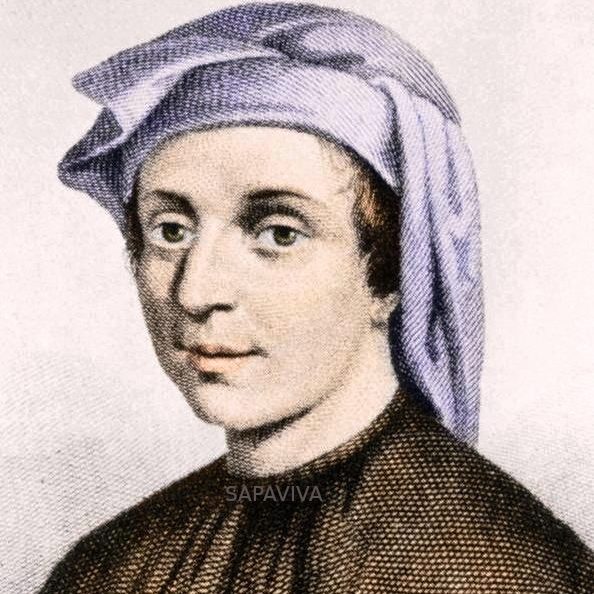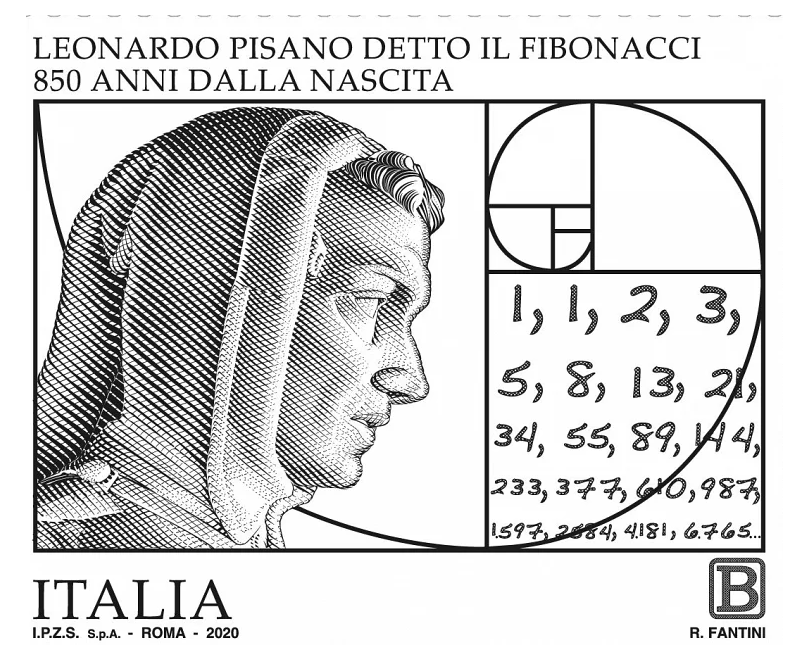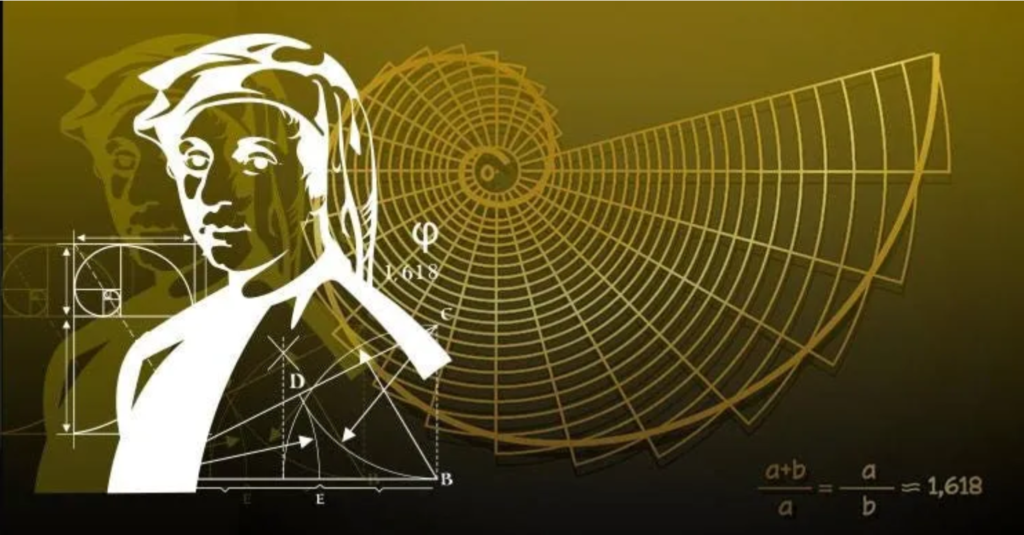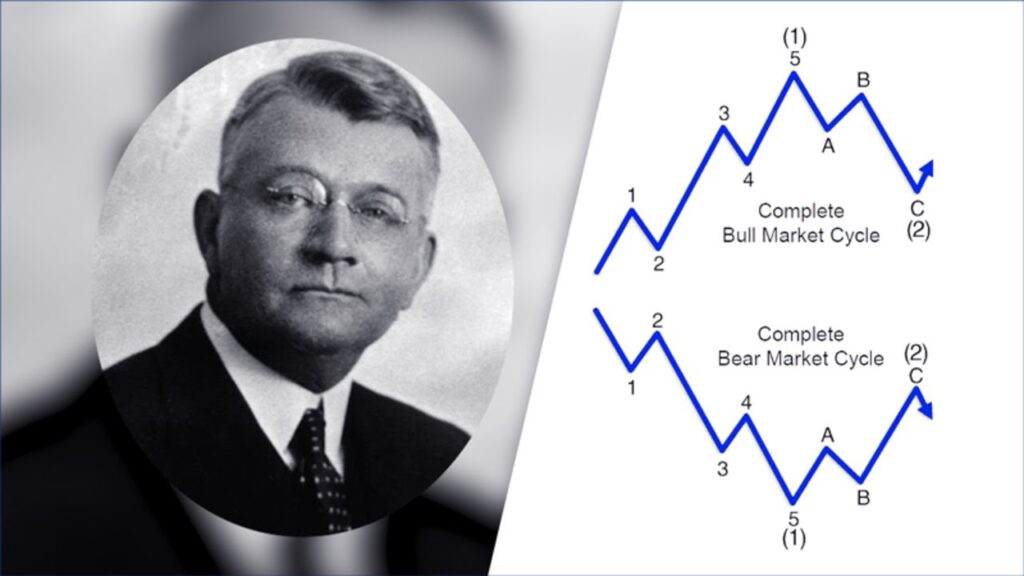
A Journey through the Mediterranean
Our journey begins in the city of Pisa, in the Tuscany region of northern Italy. The year is 1170, and here the legendary Leonardo Fibonacci was born. At that time, surnames were not yet standardized, and the nickname “Fibonacci” was attributed to him long after his death, derived from the term “filius Bonacci,” or “son of Bonacci.”
His father was an Italian merchant who provided him with a solid education in mathematics to help him profit from the trade routes of the Mediterranean Sea. He spent much of his life in North Africa, in what is now Algeria and Morocco, where he learned algebra, geometry, and mathematics from Arab teachers.
Upon his return to Europe, he published his masterpiece, the “Liber Abaci” (The Book of Calculation), in the year 1202, which was a revolution in knowledge. In this article, you will understand the importance of Fibonacci, and in the end, I will even show you how to apply Fibonacci in investments in the financial market.

Fibonacci brought the indo-arabic numerals to Europe
Indeed, one of the most important impacts of Fibonacci’s work was introducing the Indo-Arabic numeral system to Europe, which we still use today—the digits from 0 to 9. Before that, Europeans used Roman numerals, combinations of I, V, X, and four more letters, which were much less efficient for performing calculations (if you struggle to read centuries in Roman numerals, imagine doing math with them).
Although Fibonacci was not widely recognized in his time, his contributions to mathematics and the introduction of the decimal system in Europe were fundamental for the later development of science.

Indeed, the Fibonacci sequence is a series of numbers where each number is the sum of the two preceding ones.
In other words:
0 + 1 = 1
1 + 1 = 2
2 + 1 = 3
3 + 2 = 5
and so on, indefinitely. This sequence is an important concept in mathematical theory.
It exhibits a simple recurrence relation but with an exponential growth rate, finding applications in various fields of knowledge, such as geometry, computing, and finance, as we will see later on.

The golden ratio is the ratio that arises when you divide any number in the Fibonacci sequence by the preceding number, resulting in approximately 1.618.
This property, where numbers added to the previous one grow exponentially and at the same proportion, is the divine proportion and is present in patterns everywhere, from seashells to the growth of plants and populations. We find it in architecture, music, human anatomy, and even in the spiral of galaxies.
Fibonacci is not a human invention; it’s a discovery. Just like the laws of physics, it’s written in the code of the universe.

The golden ratio can also be applied to financial markets through Fibonacci retracement levels, which are horizontal lines drawn on a price chart to indicate potential areas of support or resistance.
These retracement levels are based on the Fibonacci sequence and correspond to key percentages such as 38.2%, 50%, and 61.8%. Traders use these levels to identify potential reversal points in price movements.
Plato, the philosopher, once said that the proportions resulting from the golden ratio are the most intriguing of all mathematical relationships, considering it as the key to the physics of the cosmos. It was in the 20th century that Fibonacci concepts were seen in price movements in the financial markets.

Resurgence in the 20th Century
A pioneer in the application of Fibonacci to price oscillations was Ralph Nelson Elliott, creator of the Elliott Wave Theory, who observed the presence of these proportions in price movement patterns.
Another important name is William D. Gann, a market analyst who perceived the relationship between these retracement levels and asset prices.
It has never been as easy as it is today to apply Fibonacci in investment strategies. Nowadays, most trading platforms have Fibonacci retracement and projection tools.
Watch my video below to see how to apply Fibonacci in the Stock Market in practice (starting from minute 4):

One Response